

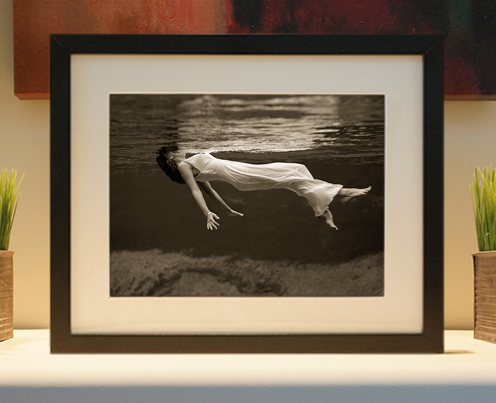
Framed or unframed, desk size to sofa size, printed by us in Arizona and Alabama since 2007. Explore now.
Shorpy is funded by you. Patreon contributors get an ad-free experience.
Learn more.

- Baldwin 62303
- Baldwin VO-1000
- Cold
- No expense spared
- Tough Guys
- Lost in Toyland
- And without gloves
- If I were a blindfolded time traveler
- Smoke Consumer Also Cooks
- Oh that stove!
- Possibly still there?
- What?!?
- $100 Reward
- Freeze Frame
- Texas Flyer wanted
- Just a Year Too Soon
- WWII -- Replacing men with women at the railroad crossing.
- Yes, Icing
- You kids drive me nuts!
- NOT An Easy Job
- I wonder
- Just add window boxes
- Icing Platform?
- Indiana Harbor Belt abides
- Freezing haze
- Corrections (for those who care)
- C&NW at Nelson
- Fallen Flags
- A dangerous job made worse
- Water Stop
Print Emporium
Radio Nut: 1924
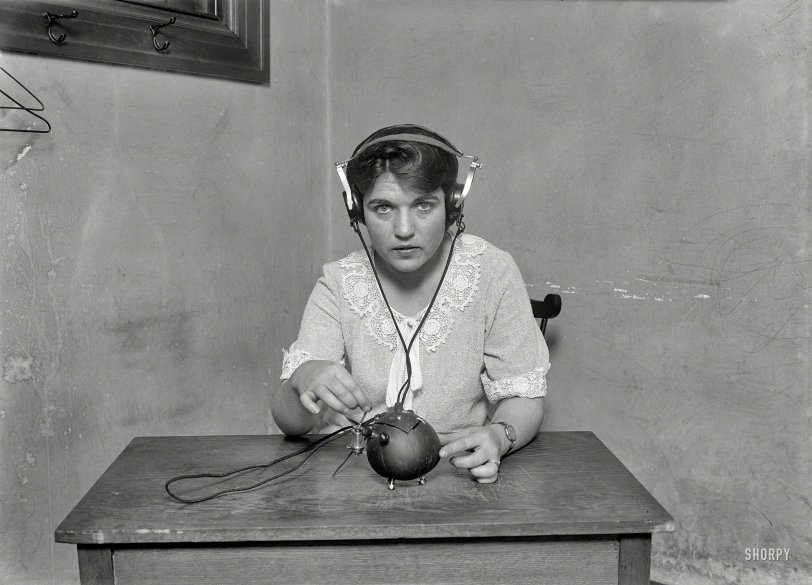
June 1924. Washington, D.C. "Radio nut -- this set with everything necessary for receiving music and speech by radio has been put into a coconut shell. It was built by H. Zamora, a native of Manila, Philippine Islands." Marketing suggests we call this the iNut. Harris & Ewing Collection glass negative. View full size.
The message:
Submit, puny Earthlings! Resistance is futile.
Cast-off Cabinetry
There's a long-standing tradition among the real nuts of radio -- ham radio operators -- of building homebrew circuitry into odd, discarded containers. Tuna fish cans are a favorite, although things get a little funky once the resistors heat up... what's that smell? Margarine tubs, cereal boxes -- hams are nothing if not thrifty.
The cat's whisker
The gizmo that she's fondling is likely to be the cat's whisker, a metal pin that is poked onto a galena crystal to make a crude rectifier for demodulating the AM signal. It needs to be moved now and then to get good audio. At least it's something to do.
Banana phones?
I suppose their clocks were powered by potatoes.
Staring eyes
Looks as if she is receiving messages from outer space!
Gilligan's Island
The Professor did this practically every week.





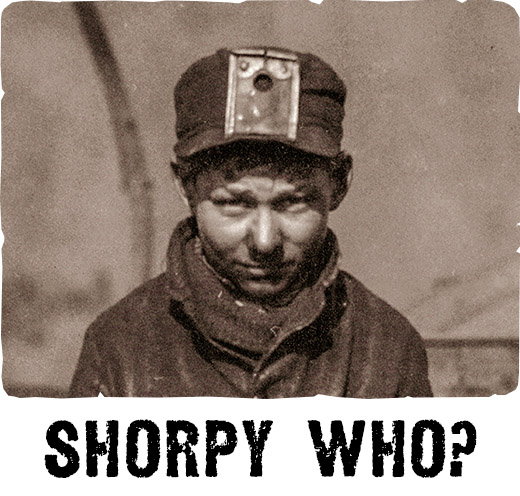
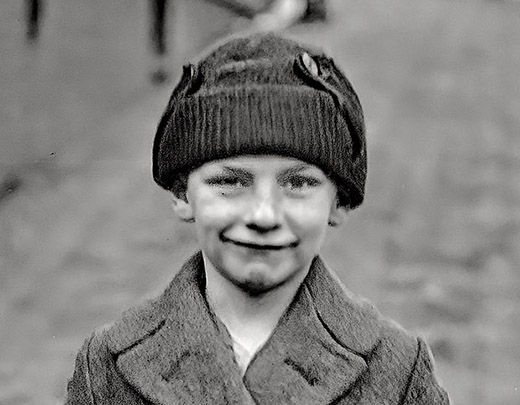
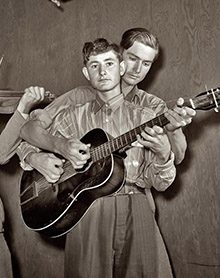
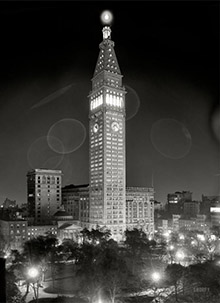
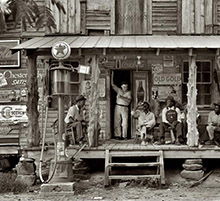
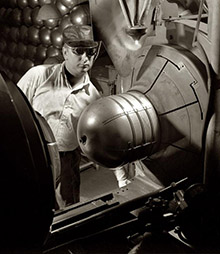
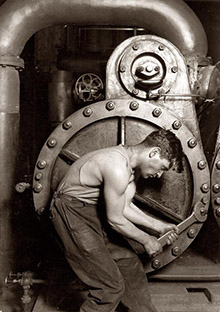
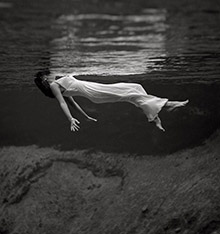
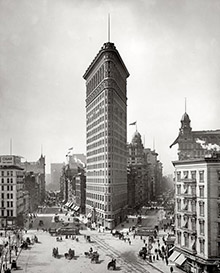
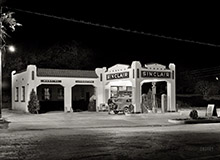
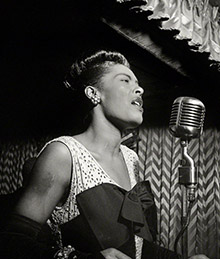
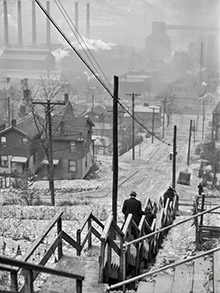
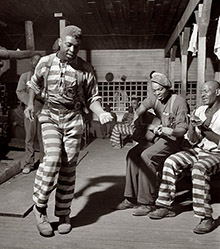
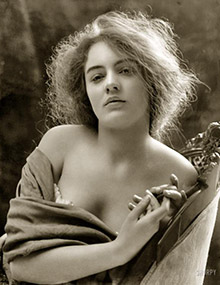
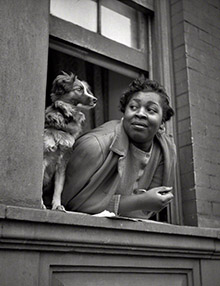
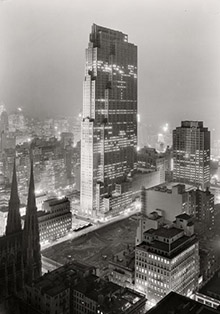

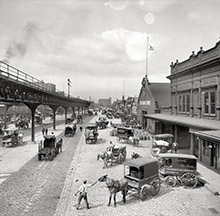
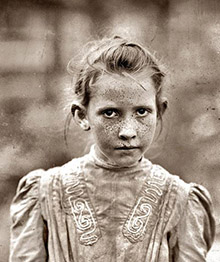

On Shorpy:
Today’s Top 5